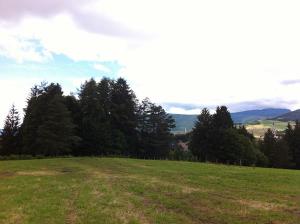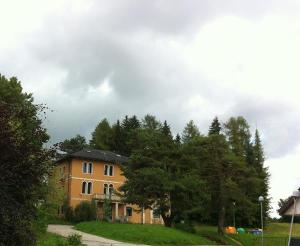
off
The four larches
“…Tired of playing we lie at the foot of the Four Larches and loudly we read books of adventure. Each of us was a character: Corsaro Verde, Penna di Falco, Sandokan, Kim, the Captain. At sunset we all climbed the treetops, each had its own, and from there we silently watched the sky where fantastic red clouds roamed.”
From the foreword of “Il sergente nella neve” (“The Sergeant in the Snow”), Einaudi (Italian school edition, 1965)
The context
In the six beautiful pages that introduce the issue of “The Sergeant” for secondary school children, Mario Rigoni Stern, with his plain and captivating style that always conquered the younger people, reconstructs his happy childhood on the Asiago Plateau between playing and reading. “I’ve eaten roads and meadows to play,” he writes, “and books to read. Sometimes I even read three books in a week, I set free the imagination in many adventures and I cannot tell you if I had more fun in reading or in playing.” Among his youth readings, as well as Salgari and Kipling mentioned here, Rigoni Stern also included “Treasure Island” by Stevenson and “Typhoon” by Conrad, and later the “Liriche in fiore della poesia italiana” (Lyrical flowers of Italian poetry), in particular Angiolieri, Dante and Petrarch, but also Tolstoy, Chekhov, Proust.
After recounting with vividly tone his early years, the writer goes on to talk about the war and reconstructs the genesis of the “Sergeant,” in 1944 during his imprisonment. A pencil stub and sheets gleaned here and there were enough for him to write on paper the memories of the dramatic retreat, at a feverish pace, in particular the condition of human sharing experienced by him and his companions in those terrible days. In which he made those mature deep convictions and that serene attitude toward life which accompanied him until his last days.
The place
The Four Larches are located next to Villa Zecchin, the complex that houses the Accounting Office and the Lyceum, in the avenue Viale Autieri d’Italia.
Next to the villa, Via Lise, a dirt road, leads towards the knoll with the same name. From here the last part of the Rogazione (Rogation) passes through, after skirting the war memorial and crossing Via Fiume, that leads to the Zocchi hamlet.



